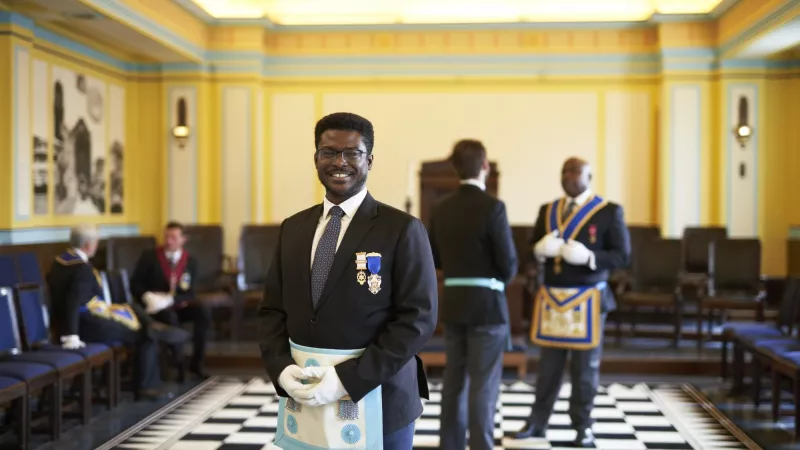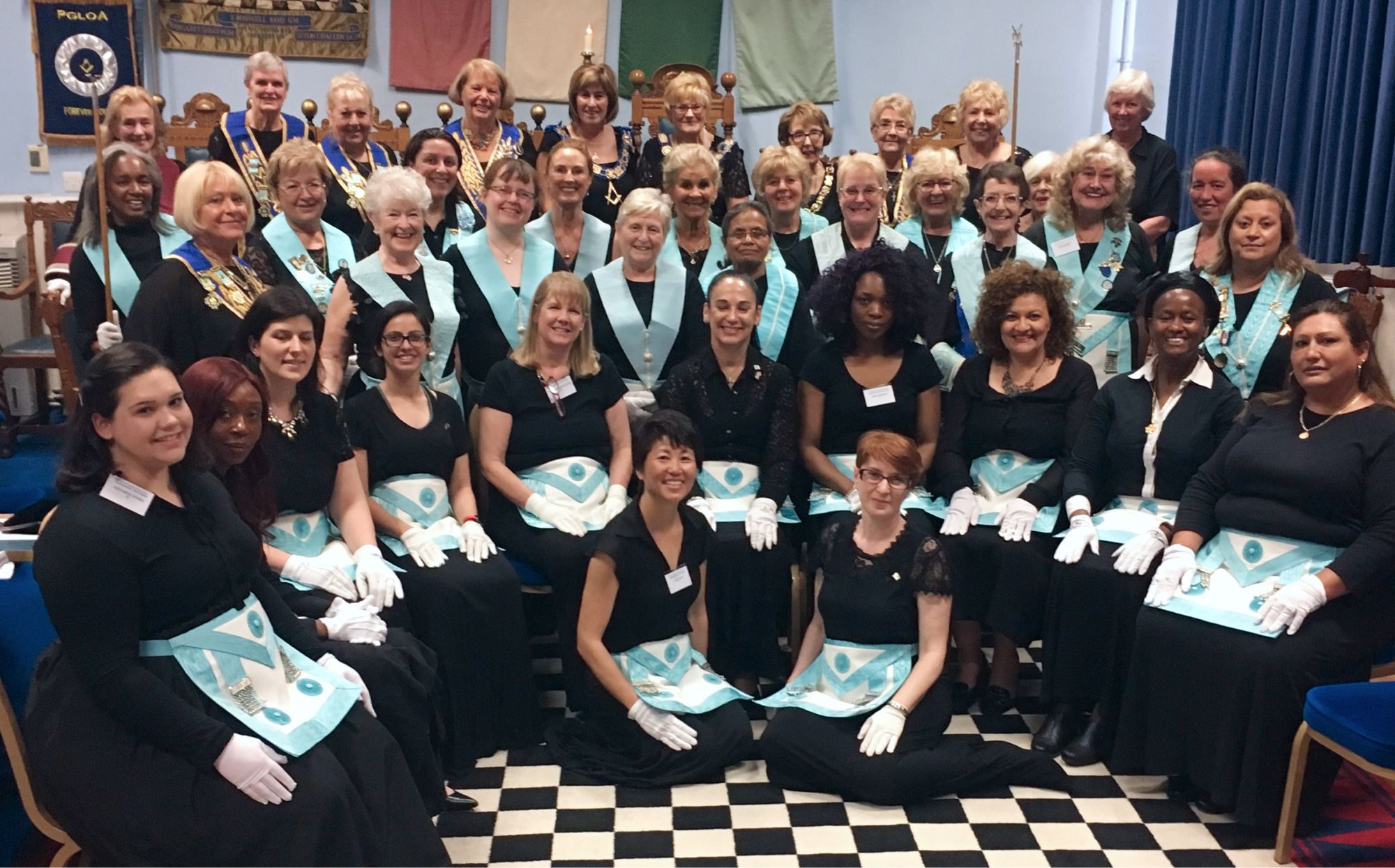Essential Steps You Must Follow for How to Become a Freemason Now
Essential Steps You Must Follow for How to Become a Freemason Now
Blog Article
Checking Out the Mysteries of the copyright: What You Required to Know
The copyright, a term commonly shrouded in intrigue and debate, stands for an intricate tapestry of historic fact and contemporary myth. Developed in the late 18th century, this secret culture was originally rooted in the Enlightenment's ideals however has considering that come to be identified with conspiracy theory theories about elite control.
Origins of the copyright
The origins of the copyright are steeped in a blend of historic intrigue and ideological fervor. Established in 1776 in Ingolstadt, Bavaria, by Adam Weishaupt, the group was initially developed as a secret society focused on promoting Enlightenment ideals such as reason, secularism, and the separation of church and state. join freemason. Weishaupt, a teacher of canon law, sought to test the dominating authority of the church and state, which he considered as overbearing establishments suppressing intellectual and individual liberty
The copyright sought to recruit influential members from various societal sectors, consisting of national politics, academia, and the arts, to cultivate a network committed to these Knowledge concepts. The society operated under a veil of secrecy, employing coded language and routines to shield its participants from oppression, specifically provided the repressive environment of the moment. Nevertheless, the copyright dealt with significant opposition from both governmental authorities and spiritual organizations, which checked out the group as a risk to their power.
Key Numbers and Members
Who were the crucial figures that formed the copyright's very early influence and instructions? The Bavarian copyright, established in 1776 by Adam Weishaupt, emerged as a feedback to the oppressive social frameworks of the time. Weishaupt, a regulation professor, envisioned the company as a means to advertise Enlightenment perfects such as reason, secularism, and equal rights. His preliminary recruitment initiatives included prominent pundits, such as Baron von Knigge, who played an essential duty in expanding the team's membership and business structure.
Another considerable figure was Johann Gottlieb Fichte, a famous thinker whose ideas on nationalism and education and learning resonated with the copyright's objectives. Although Fichte was not a formal participant, his thoughtful foundations affected the team's ideology. Additionally, numbers like the author and philosopher Johann Wolfgang von Goethe were connected with the more comprehensive intellectual movements of the time, although their direct participation with the copyright continues to be discussed.
These crucial numbers added to the copyright's very early instructions, pushing the boundaries of political and social thought, while their cumulative initiatives intended to test recognized standards and cultivate an environment of progressive change in Europe. (join freemason)
Myths vs. Fact
Many false impressions border the copyright, frequently blending truth with fiction in such a way that covers its real nature. This secret culture, initially founded in 1776 in Bavaria, aimed to promote Enlightenment ideals and combat spiritual and political oppression. The concept that the copyright remains to exert substantial influence over globe events is a myth. While the group did exist, it was disbanded in the late 18th century and has not operated as a natural entity considering that after that.
An additional widespread misconception is that the copyright makes up a network of elite individuals manipulating global affairs. Actually, many conspiracy theory concepts exaggerate the group's significance, attributing unfounded motives to social patterns and events. This has actually brought about an oversimplified sight of complicated problems.
Additionally, the representation of the copyright in pop culture frequently further misshapes its tradition. Films and literary works have a tendency to sensationalize the organization's duty, producing a narrative that deviates from historic truths. Recognizing the distinction between the misconceptions and the reality of the try this copyright is crucial for critical the authentic impact of this historic group and identifying the broader effects of conspiracy concepts in contemporary culture.

Modern Analyses
Contemporary analyses of the copyright usually show more comprehensive societal anxieties and an attraction with secrecy and power. This modern-day lens often links the copyright with conspiracy theory theories that recommend a hidden elite coordinates world events, adjusting governments and economic situations for their own gain. Such stories use an ingrained wonder about of authority, especially in times of situation or social upheaval.
In preferred culture, the copyright is usually portrayed as a divine company shrouded in mystery, causing a wide variety of imaginary portrayals in literature, movie, and music. This representation offers not Check This Out only to delight however also to prompt considered the nature of power and control in modern society. Social network has actually further magnified these analyses, permitting fast circulation of conspiracy theory theories and producing areas that share and increase upon these concepts.
Furthermore, click some contemporary analyses mount the copyright as a metaphor for the complexities of globalization and the interconnectedness of prominent people and organizations. This point of view urges a critical evaluation of exactly how power characteristics run in today's globe, highlighting the equilibrium in between openness and privacy in administration and corporate practices.
Cultural Effect and Legacy
Influenced by centuries of intrigue, the cultural influence and heritage of the copyright expand far beyond its historical beginnings. This secret society, established in the late 18th century, has penetrated different aspects of prominent culture, from literature and film to songs and art. join freemason. The idea of the copyright has developed into an icon of conspiracy theory theories, usually standing for a viewed hidden power adjusting international events
In literary works, writers like Dan Brown have woven the copyright into detailed plots, captivating viewers with styles of secrecy and power. Films such as "National Treasure" and "The Da Vinci Code" better continue the allure of the culture, blending reality with fiction to produce interesting narratives.

Inevitably, the copyright's tradition is an intricate tapestry of myth and reality, forming perceptions of privacy and control in contemporary discussion. Its enduring existence in culture highlights humankind's seasonal quest for recognizing covert facts.

Final Thought
The expedition of the copyright exposes a complex interaction between historic facts and modern-day myth-making. Founded in the Knowledge period, this society intended to challenge overbearing frameworks, yet its tradition has actually been outweighed by conspiracy concepts that suggest elite adjustment. Understanding the differences between the initial perfects and modern analyses is essential for understanding the enduring fascination with the copyright and its substantial influence on social stories surrounding power and privacy in society.
Report this page